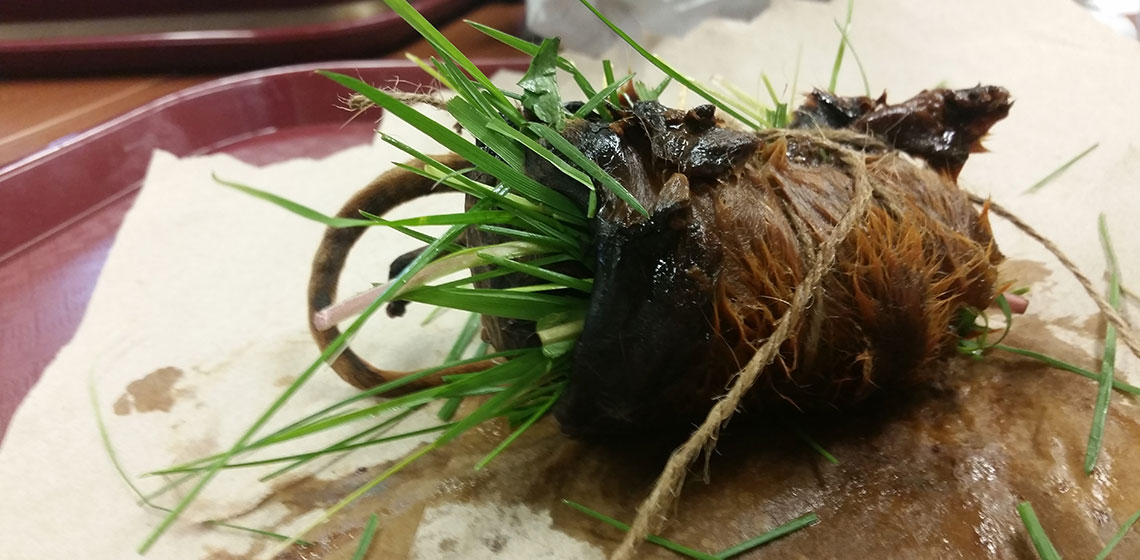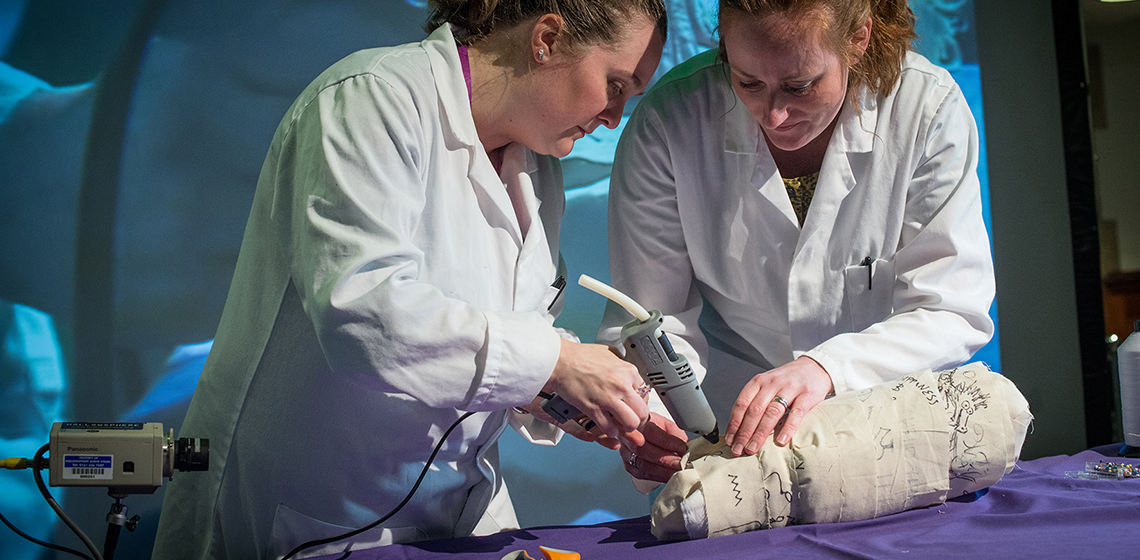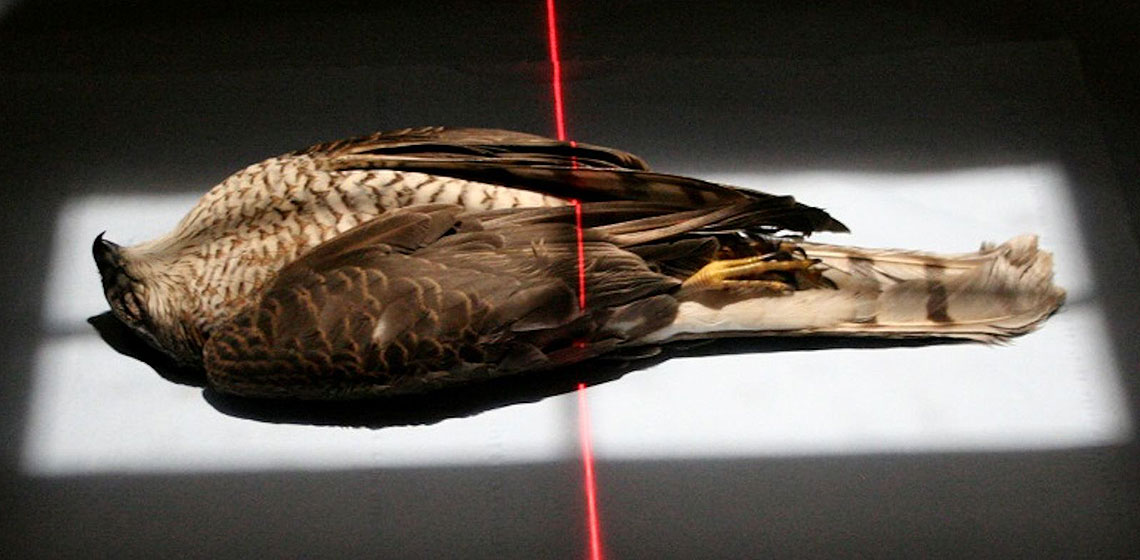mummification
‘Re-rolling’ a Mummy: an Experimental Spectacle at Manchester Museum
Introduction
The unwrapping and dissection of mummified bodies was a common practice in 19th century Europe. These autopsies were conducted as part of scientific endeavours and social spectacles, motivated by a desire to advance the fields of science, medicine and archaeology, coupled with a sense of macabre fascination (Moshenska, 2014). The scientific capability required to study mummified remains non-invasively had yet to be developed, leading to the destruction of many hundreds of specimens.
The Mummification of Votive Birds: Past and Present
Introduction
Animal mummies can be divided into four types: pets, mummified to accompany their owners into the Afterlife; victual, prepared and mummified food offerings for consumption in the Afterlife; cult, an individual selected based upon specific characteristics and markings to be an avatar for their prospective deity; and votive, where the whole population of certain species associated with a particular deity were classed as sacred and therefore worthy of mummification (Ikram and Iskander 2002; Ikram 2005; McKnight 2010).



